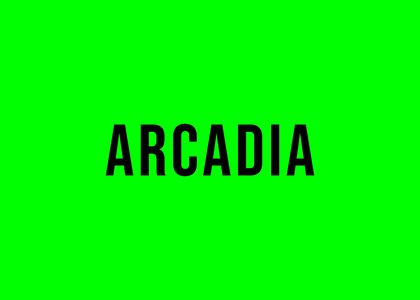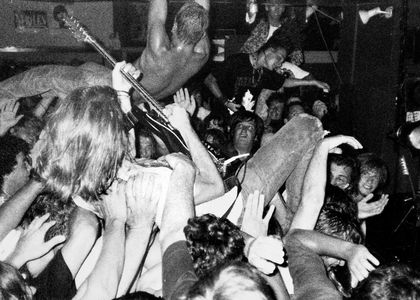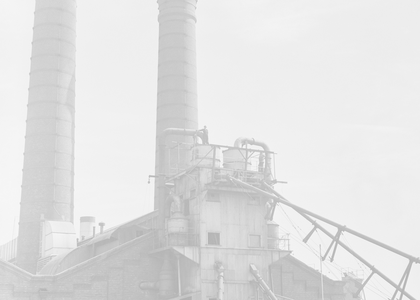Guest post by Bernard Singleton, Curator
Bernard Singleton is a curator and craftsman from the Cape York region of Australia. He has worked with UMI Arts, Cairns Art Gallery and the Cairns Indigenous Art Fair. He is now assisting the museum in developing best practice models for working in consultation with community, by undertaking research and documentation on the Museum’s collection of materials from Maningrida, Australia.
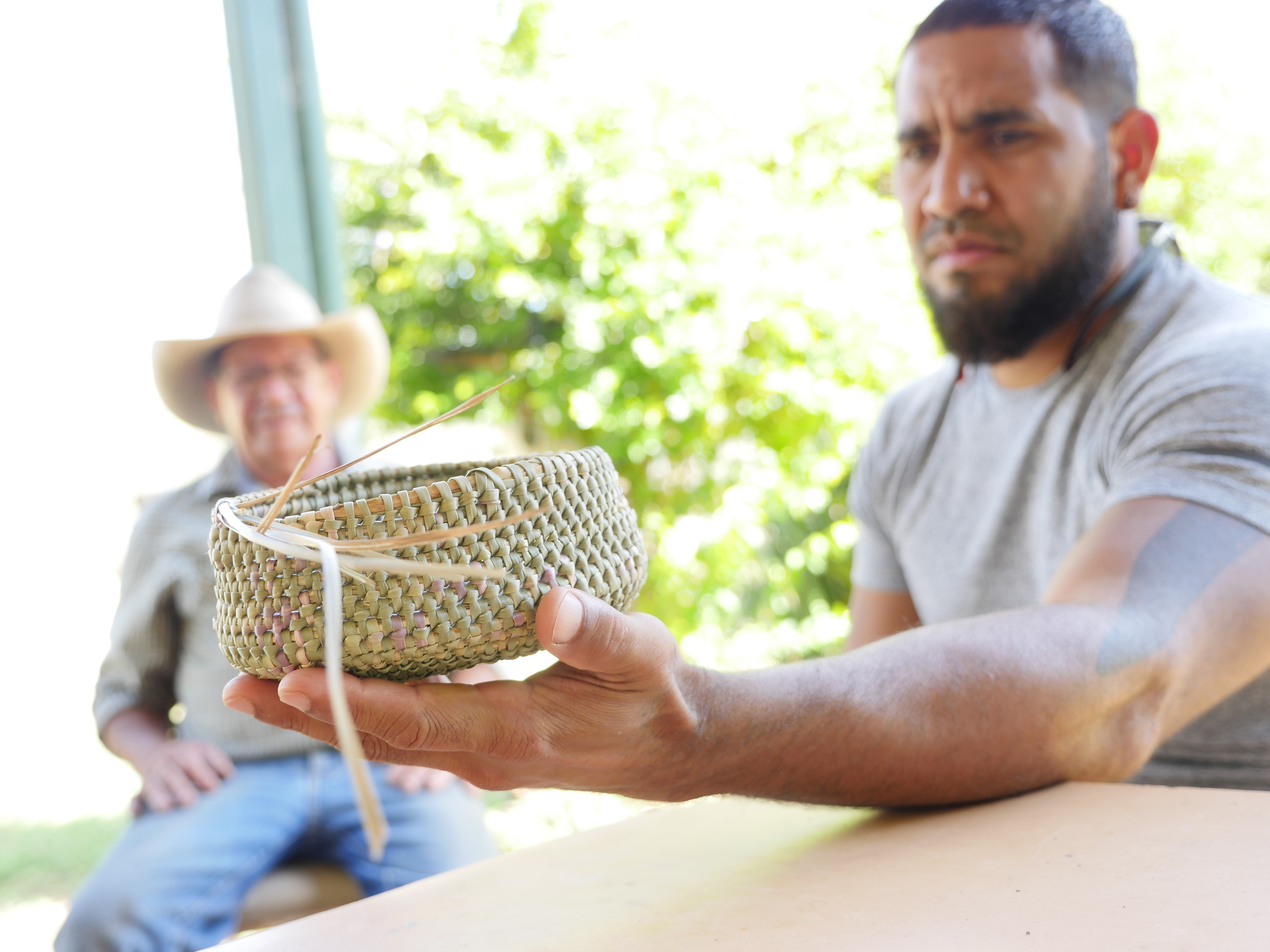
Growing up in a small Aboriginal community in Cape York Peninsula meant carrying forward my story of a remote Indigenous life into a modern working career in the art sector. Fast forward to today and working within an institution, such as the Powerhouse Museum, I begin to understand how important all those experiences are. Time spent with family and elders on country, all the stories and yarns they told, and how they ground me or allow me to have a foot in two different worlds.
“Art to me is forever steeped in history and it connects me to my past and at the same time suggests new ideas and insights…it could be crafting with new or foreign timbers or forming and writing out a new song for Warrma that has been haunting me for days.” I will forever be inspired by the old stories of my country and that is why it must be a foundation for all my artwork.
I paint, craft and make artifacts to ground myself. It is known that these techniques, used over hundreds of years, become embedded in our DNA. So, through the process of making a spear or shaping the figure of a spirit, I connect with my ancestors and they help bring my practices to life.
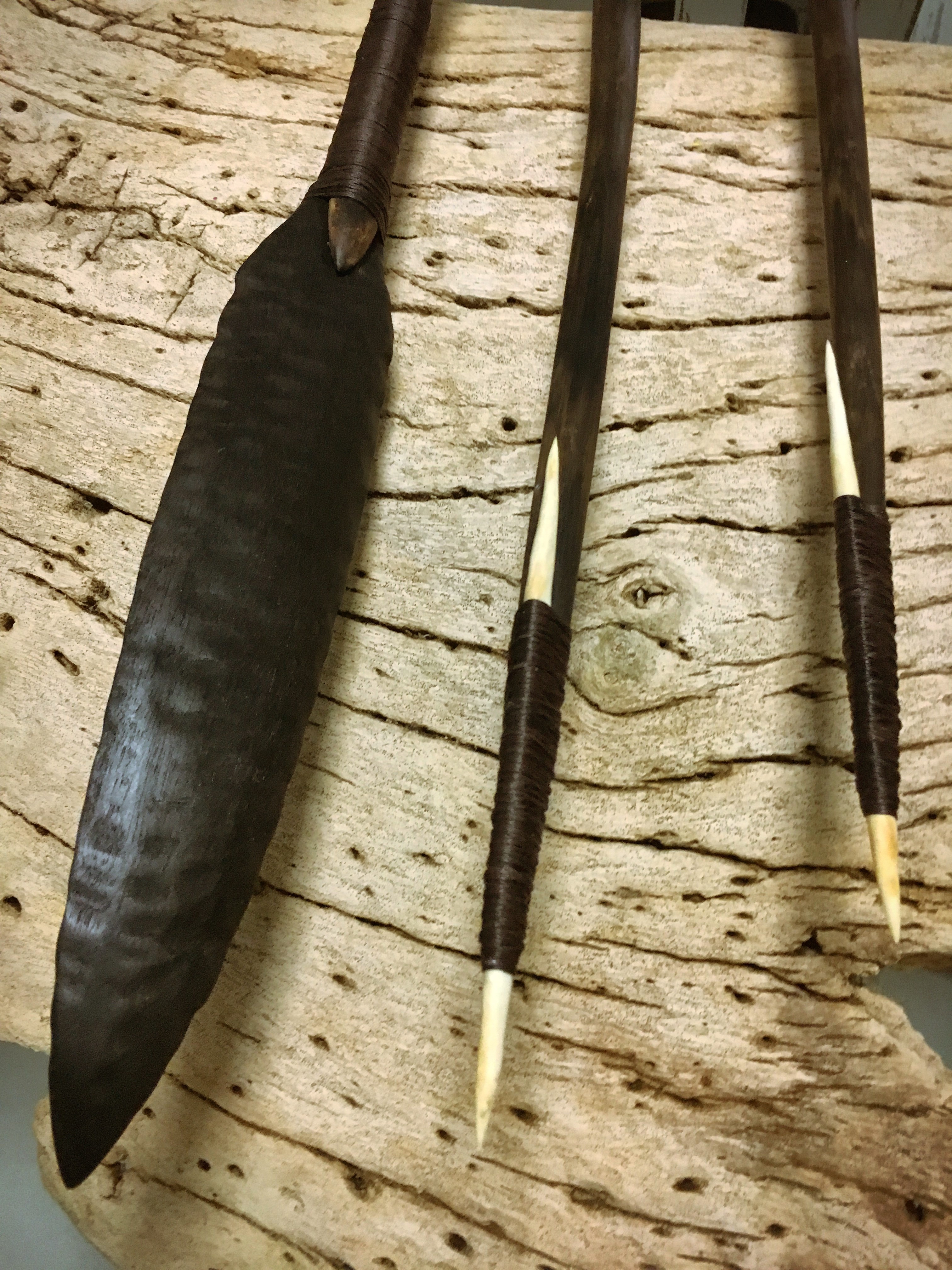
As with many craftsmen around the world, my work is a way for me to acknowledge and remember the times of my great grandmothers and great grandfathers. My designs are inspired by the laws of nature and the forms found in the creation stories around me. Using these basic forms or designs, I work to represent the bond of art and the continuation of culture. I am a maker of our old peoples hunting weapons, tools and objects. I am a keeper of knowledge and practice.
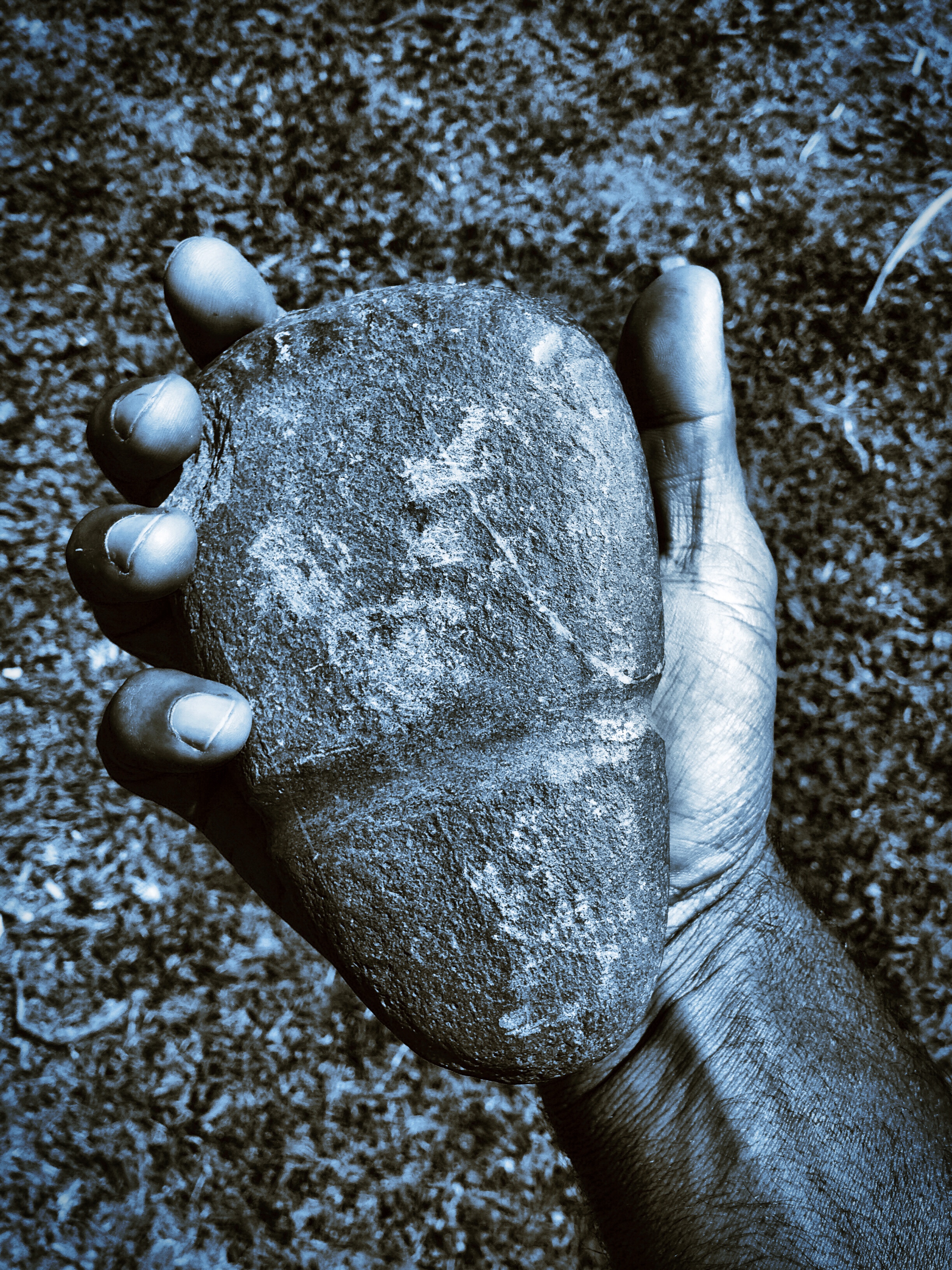
Currently, I am involved in establishing best practice models for working in consultation with community. To document and present cultural material with integrity, authenticity and authority. This work will form part of and contribute to the Collection Relocation and Logistics Project, and specifically the MAAS Indigenous Collection. The aim is to research works, make connections and establish best practice within this institution. Therefore I see myself honoured to be in the presence of the Maningrida Bark paintings collected between 1900 – 1950 all of which are to share the same space as my crafted spears and spear throwers. I aim to connect these barks back to community and see that story continued, told and transferred properly from the voice of the makers, their family or descendants.
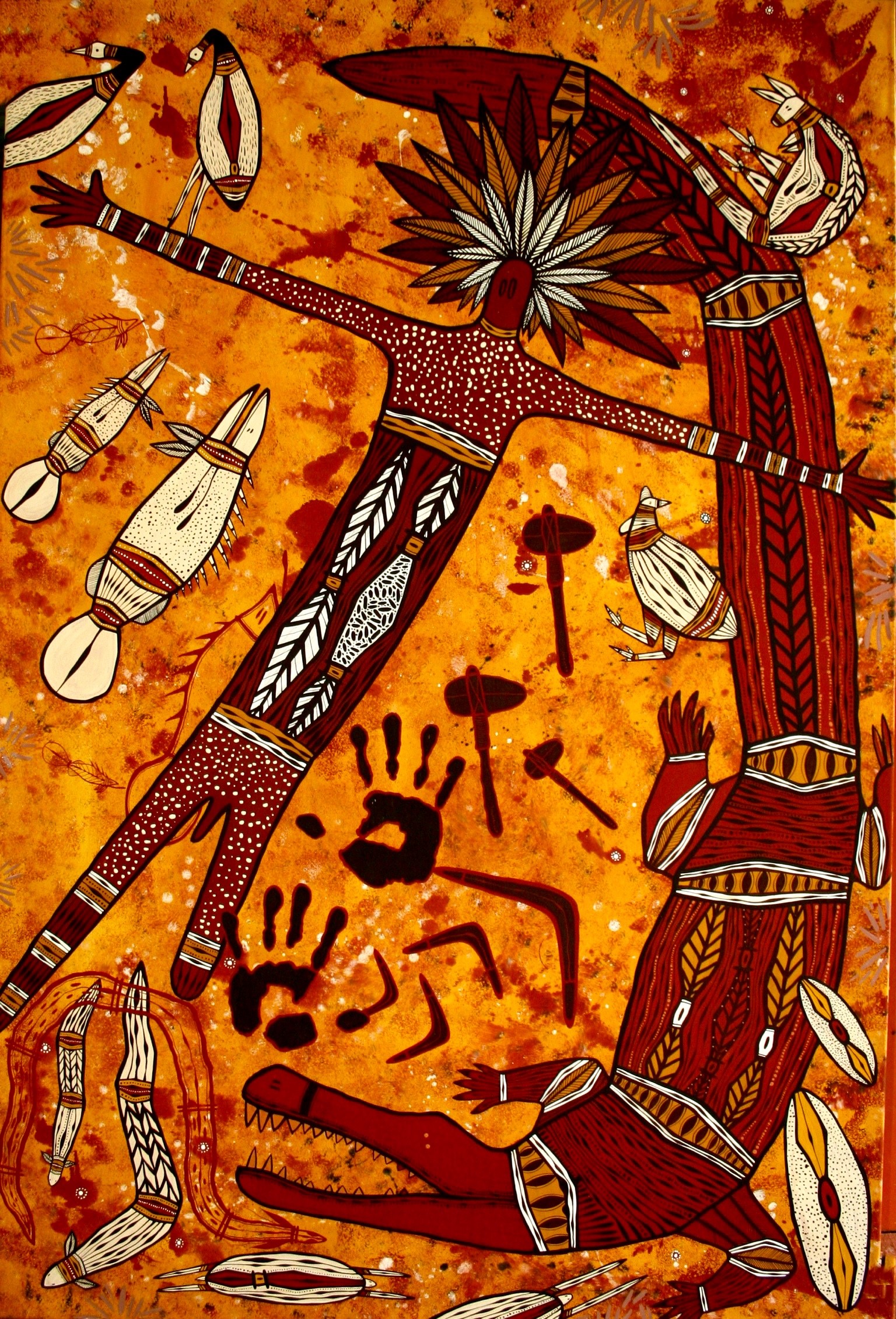
My situation, cultural practices and background mean I am able to approach this work from a different perspective and this allows me to talk from the makers eyes. My outcome is to realise people around not just the archival aspect but the animistic importance of our cultural objects, to embed an unswerving respect for the physical, historic, aesthetic and cultural integrity of the object.
Written by Bernard Singleton
May 2019
